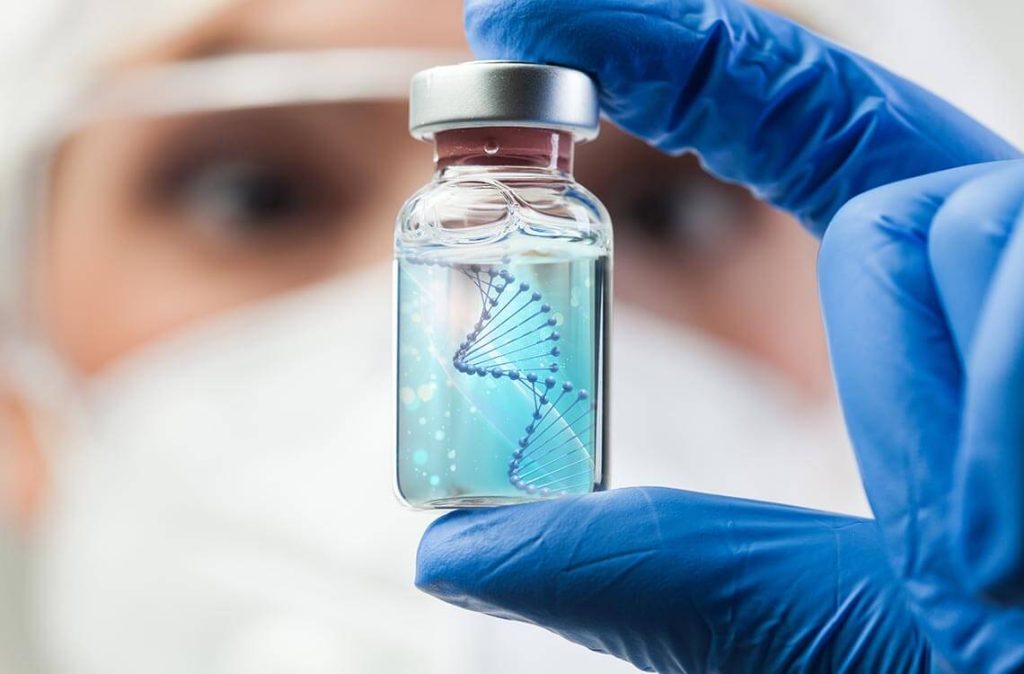Out of the many known viruses in the world responsible for a variety of incurable and chronic diseases, HIV definitely takes the top 5 spot. Known for its tenacity and longevity, the Human Immunodeficiency Virus uses the body’s own defence system against it.
By infecting immune cells, HIV effectively shuts down a person’s ability to protect themselves from diseases and infections. In which case, it’s not the virus itself that kills you, but something else in the environment that takes your life.
But in general, HIV makes you highly susceptible not only to common viruses, but also to bacterial infections, and even certain types of cancers. You basically become helpless. Without treatment, a HIV patient has around 9 to 11 years of life.
The most dangerous part about the disease? It presents virtually no symptoms within the first few months or even years of infection. You could have HIV and not even know it. You may even unknowingly spread it to other people.
HIV is transmitted through the exchange of bodily fluids (blood, breast milk, semen and vaginal secretions). Therefore, the most common methods of infection usually include unprotected sex, needle sharing, and in many cases, having a HIV positive parent.
However, this does not mean that regular people are immune to it. Even after more than 40 years of research, scientists have only begun to unlock the secrets to eliminating this deadly scourge.
But it wasn’t until earlier this year in February of 2022 that a miracle happened. The first ever case of a woman being completely cured of HIV.
A Cure for HIV?
Earlier this year, The International Maternal Pediatric Adolescent AIDS Clinical Trial Network (IMPAACT) reported the first case of a woman being cured of the HIV.
The woman, who was also a HIV patient, was undergoing a dual stem cell transplant for treatment of acute myelogenous leukaemia.
After successfully completing the treatment, doctors found that not only did the transplant help her cancer, it also cured her HIV. Further research found that her donor had a rare genetic mutation (called CCR5) that made them virtually immune to the HIV virus.
Dubbed by scientists as a happy accident, this HIV cure is not news to the medical community.
Scientists have long known about the rare conditions that make it possible for this miracle to take place—a stem cell transplant from a compatible donor with the CCR5 mutation.
There have only been two other known cases of HIV being cured this way, both involving male patients, one in 2009 and the other in 2019.
While the first patient died years later from leukaemia, the second, Adam Castillejo, is the only other surviving person to have been cured of HIV.
A Miracle with a Caveat
While this discovery does indeed open new windows into HIV research, it is still not seen by the medical community as a feasible cure.
Aside from being expensive, risky and invasive, finding a stem cell donor that is both a genetic match and has the CCR5 mutation (which is only found in only 1% of the general population) is a one in a million chance.
A ‘lightning in a bottle’ occurrence that cannot be so easily duplicated under normal conditions. The three cases observed so far have all been coincidences.
However, this does mean that scientists have given up trying to find a more accessible cure. Something that doesn’t need insurmountable odds to accomplish.
The Silver Lining
At this point science has made successful headway in preventative steps; drugs and medication designed to protect you from getting HIV.
PrEP (pre-exposure prophylaxis) is a popular medicine that can greatly reduce the transmission of HIV between sexual partners and recreational drug takers. Researchers have also begun testing new HIV vaccine that can protect the general population from getting infected.
However, what about those already living with the disease? Is there no hope for them?
Well, aside from very effective medication (antiretroviral therapy also known as ART) that reduces one’s HIV viral load to virtually zero, clinical trials on an experimental drug meant to cure HIV is currently underway.
So, there is still a silver lining to this story.
Various other treatments have also shown promising results in the cure of HIV including gene editing technology, immunotherapy, and of course, stem cell treatments.
Even if a doctor fails to cure a HIV patient, many are still able to achieve ‘HIV remission’. This just means that a person’s immune system has grown strong enough to keep the virus at bay without the help of medication.
When someone achieves HIV remission, they no longer experience symptoms and are not able to pass on the virus through unsafe intercourse
Instances of HIV remission are most common among people who have been taking normal antiretroviral drugs, especially if started on soon after contracting HIV.
Hope for the Future
There is still a long way to go before we can see a fully effective cure available to the public.
As far as clinical trials go, several patients are currently in ‘HIV remission’ thanks to experimental HIV treatments. Only time will tell if they remain HIV-free, or if the treatments can be further improved.
In many cases, even normal antiretroviral drugs are effective enough to promote HIV remission. Be that as it may, this does not mean scientists have stopped trying their best to cure this deadly virus.
It’s only a matter time before science finds a HIV cure. All we need to do is hope for the best.
Disclaimer: The information provided in this article is for informational purposes only and should not be considered as medical advice from Motherhood. For any health-related concerns, it is advisable to consult with a qualified healthcare professional or medical practitioner.
For more insightful stories and fun recipes, stay tuned to Motherhood Story!
